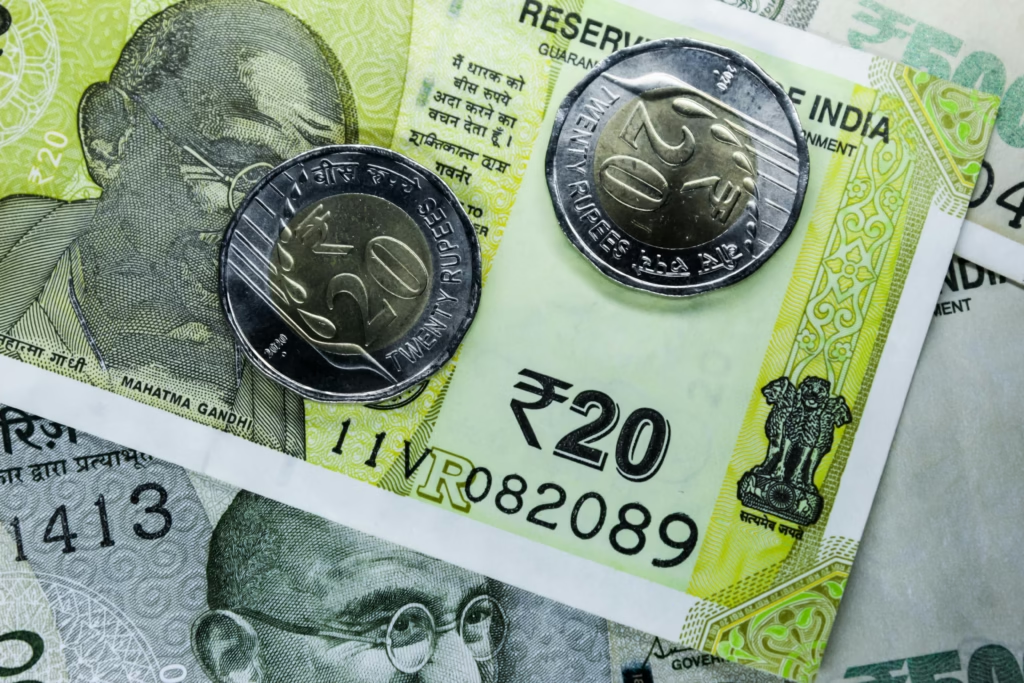The Reserve Bank of India (RBI) in its bi-monthly Monetary Policy Committee (MPC) Meeting on December 08, has retained benchmark interest rates unchanged for the fifth time in a row. The policy repo rate is unchanged at 6.5%.
Announcing the MPC, the RBI Governor Shaktikanta Das has increased the expected growth rate for this financial year from 6.5% to 7%. The RBI also predicts that the retail inflation, measured by Consumer Price Index (CPI), will be around 5.4% for the current fiscal year.
Note:
- The Monetary Policy Committee (MPC) increased the policy repo rate by 25 basis points to 6.50% during its February 2023 meeting.
Current Rates are as follows:
| Policy Repo Rate | 6.50% |
| Standing Deposit Facility Rate | 6.25% |
| Marginal Standing Facility Rate | 6.75% |
| Bank Rate | 6.75% |
| Fixed Reverse Repo Rate | 3.35% |
| CRR | 4.50% |
| SLR | 18.00% |
Key Highlights of the RBI Monetary Policy FY24
1. Repo Rate Unchanged
- RBI MPC has kept the key policy repo rate unchanged at 6.5% by a unanimous decision.
2. GDP Growth and Inflation:
- RBI raised the GDP growth projection for FY24 to 7% from 6.5% earlier on buoyant domestic demand and higher capacity utilisation in the manufacturing sector.
- CPI inflation projected at 5.4% for FY24 with Q3 at 5.6% and Q4 at 5.2%.
- The retail inflation projected at 5.2% for Q1 FY25, 4% in Q2, 4.7% in Q3.
- RBI allows reversal of liquidity facilities under SDF and MSF even on weekends and holidays.
- The MPC maintained the policy stance of ‘withdrawal of accommodation’ by the majority of 5 out of 6 members.
3. SDF, MSF allowed even on weekends, holidays
- The standing deposit facility (SDF) rate remains at 6.25 per cent and the marginal standing facility (MSF) rate and the bank rate at 6.75 per cent.
- RBI has decided to allow reversal of liquidity facilities under SDF and MSF during weekends and holidays, effective from December 30, 2023.
- This measure is expected to facilitate better fund management by the banks.
- The reversal of liquidity facilities under MSF provides banks with an emergency option to obtain money overnight when they can’t borrow from other banks.
4. Enhanced UPI transaction limit for specified categories
- The RBI has proposed to raise the UPI transaction limit from ₹1 lakh to ₹5 lakh for transactions made to hospitals and educational institutions.
5. Changes in e-mandate limit for specified categories
- The RBI currently requires an additional factor of authentication (AFA) for recurring transactions over ₹15,000 under the e-mandate framework.
- The RBI has proposed to increase this limit to ₹1 lakh per transaction for recurring payments of mutual fund subscriptions, insurance premium subscriptions, and credit card repayments.
Important points to remember
1. CRR:
- Cash Reserve Ratio (CRR) is a proportion of a bank’s Net Demand and Time Liabilities that it is obligated to maintain with the central bank (RBI) in order to regulate liquidity.
Current CRR rate: 4.50%
2. Incremental CRR:
- Incremental CRR refers to an extra stipulation by the RBI on banks’ liabilities, aimed at overseeing surplus liquidity and fostering economic stability.
3. Repo Rate:
The repo rate is the interest rate at which the Reserve Bank of India (RBI) lends money to commercial banks for the short term.
- A reduction in the repo rate makes it cheaper for banks to borrow money.
- This mechanism serves as a tool to manage inflation and foster economic growth.
4. SLR:
The Statutory Liquidity Ratio (SLR) is the minimum percentage of deposits that commercial banks must maintain in the form of liquid cash, gold, or other securities.
- It represents the reserve requirement that banks need to hold before extending credit to customers. Unlike the reserves kept with the Reserve Bank of India (RBI), SLR reserves are held by the banks themselves.
- Section 24 (2A) of the Banking Regulation Act, 1949, prescribes the SLR.
Current SLR is: 18.00%
5. MSF
The Marginal Standing Facility (MSF) serves as a mechanism for banks to secure emergency funding from the Reserve Bank of India when inter-bank liquidity is depleted.
- In this arrangement, banks pledge government securities at an interest rate higher than the repo rate within the Liquidity Adjustment Facility (LAF).
- The Marginal Standing Facility Rates are typically 0.25% to 25 basis points higher than that of the repo rate.
- Through MSF, banks are permitted to borrow funds up to one percent of their net demand and time liabilities (NDTL).
Current MSF rate: 6.75%
5. Inflation:
Inflation is the persistent rise in the overall price level of goods and services within an economy over an extended period, resulting in a decline in the purchasing power of currency.
- Headline Inflation represents the overall inflation rate for a specific period, encompassing a diverse basket of commodities and goods.
- In India, food and fuel inflation constitute integral components of the headline inflation measure.
6. Core Inflation:
Core Inflation is a metric that excludes volatile goods from the basket of commodities used to calculate Headline Inflation.
- These volatile commodities primarily include food and beverages (including vegetables) as well as fuel and light (crude oil).
Core inflation = Headline inflation – (Food and Fuel) inflation.
7. Inflation Targeting:
It is a monetary policy framework aimed at maintaining a specific target range for inflation.
- The Urjit Patel Committee recommended CPI (Consumer Price Index) over WPI (Wholesale Price Index) as a measure for inflation targeting.
- The current inflation target also aligns with the committee’s recommendation to establish a target inflation rate of 4%, accompanied by an acceptable range of deviation of +/- 2%.
- The central government, in consultation with the RBI, sets an inflation target, and an upper and lower tolerance level for retail inflation.
8. Liquidity:
Liquidity refers to the ease with which an asset or security can be quickly bought or sold in the market without significantly affecting its price.
- It signifies the availability of cash or liquid assets to meet financial obligations or make investments. In simpler terms, liquidity is to get your money whenever you need it.
Thanks
Happy reading!











